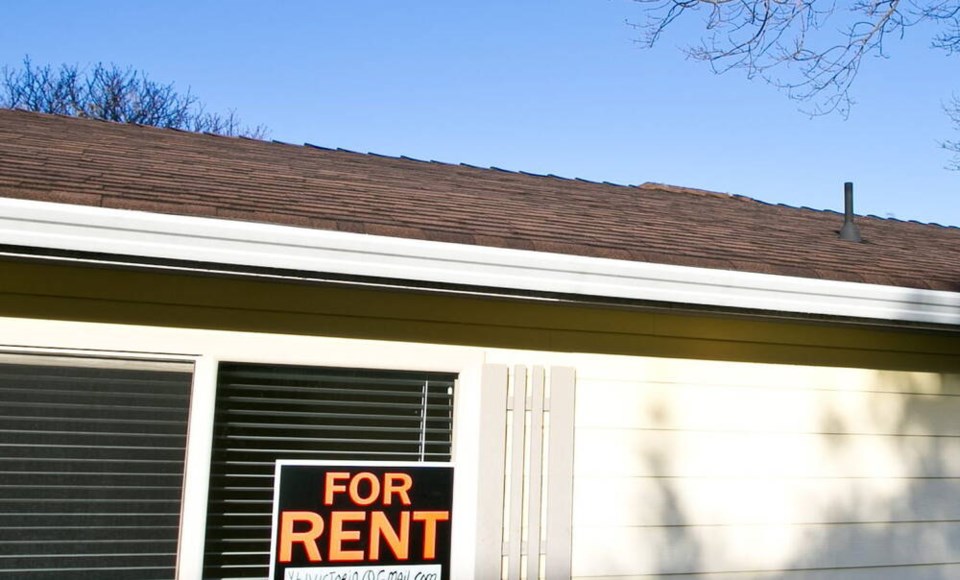The provincial government’s announcement limiting rent increases to two per cent is being lauded as a relief for B.C. renters. While it is true that capping rent increases during a tenancy will limit cost-of-living increases for some renters, it doesn’t address the real problem creating housing instability for tenants: the economic incentive for landlords to evict a tenant so that the suite can be re-rented at a higher rate to a new tenant.
Limiting rent increases in between tenancies, a policy known as "vacancy control," is the most cost-effective way to provide renters with immediate and genuine housing security.
This policy was in place between 1974 and 1983 in B.C. and is currently enacted in Prince Edward Island and Quebec.
As the director of operations at Together Against Poverty Society, I spend most of my day talking to people who are facing eviction or are terrified of being evicted.
Over the past six years at TAPS, I have seen how rapidly growing segments of our community teeter on the edge of homelessness, and I am deeply frustrated by the government’s unwillingness to discuss vacancy control as a policy option.
When asked, the government says that they considered vacancy control through the rental housing task force process in 2018, and rejected the idea at that time, preferring to focus on streamlining development processes and introducing taxes to prevent suites from being left empty in the hopes that greater supply will fix our housing crisis.
Those measures have failed. The average market rent for a vacant two-bedroom unit in Victoria has increased by 34 per cent in the past year alone. As it stands now, asking rent for a one-bedroom is around $2,200.
This means that someone receiving income assistance is $1265 short each month from being able to rent a one-bedroom apartment even if they put every dollar of their income toward rent.
Someone receiving persons with disability benefits is short $842, and a senior receiving old age security benefits needs an additional $538 each month to be able to rent a one-bedroom unit, not considering other living expenses such as food and utilities.
Someone working full-time at the minimum wage of $15.65 would need to spend 96 per cent of their income on rent, leaving only $100 left over each month.
The staggering rise of rent means that the power differential between landlords and tenants is magnified significantly. Tenants don’t want to speak up about issues in their tenancy because they are terrified of losing their housing, even if it is unsafe or unhealthy.
Meanwhile, landlords have an incredible financial incentive to evict long-term tenants, and will often take any opportunity to do so. If the options available to a landlord are a rent increase of two per cent with the same tenant, or a rent increase of 34 per cent if the tenant can be removed, it isn’t hard to see why we have found ourselves in this state of crisis.
Concerns are often raised about whether vacancy control penalizes landlords for investing in maintenance and repairs to their property, but this ignores the mechanisms that exist to address concerns about financing building maintenance.
Landlords are able to apply to the residential tenancy branch to request an additional rent increase when they have completed capital repairs, and initial rents in new builds would not be impacted by vacancy control as developers can list new units at market prices.
While last week’s cap on rent increases for existing tenancies may seem like relief for tenants, a cap on rent between tenancies is needed most.
This week the Union of B.C. Municipalities will consider a resolution proposed by the City of Victoria urging the province to once again explore vacancy control as a policy option.
Your mayor and council should support this resolution. The emergency enactment of vacancy control is an essential piece of the puzzle if we have any chance of turning the housing crisis around.
>>> To comment on this article, write a letter to the editor: [email protected]



